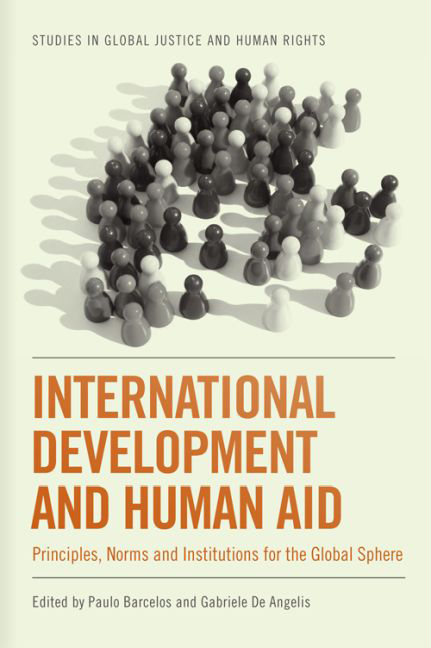Book contents
- Frontmatter
- Contents
- List of Contributors
- Acknowledgements
- 1 Justice in a Complex World: An Introduction
- Part I Human Rights and the World Economy: Questions of Scope
- Part II The Applicability of Global Principles – Some Contemporary Dilemmas
- 4 Toward Another Kind of Development Practice
- 5 Three Approaches to Global Health Care Justice: Rejecting the Positive/Negative Rights Distinction
- 6 Restitution and Distributive Justice
- Part III Justice and International Institutions
- Index
6 - Restitution and Distributive Justice
from Part II - The Applicability of Global Principles – Some Contemporary Dilemmas
Published online by Cambridge University Press: 26 April 2017
- Frontmatter
- Contents
- List of Contributors
- Acknowledgements
- 1 Justice in a Complex World: An Introduction
- Part I Human Rights and the World Economy: Questions of Scope
- Part II The Applicability of Global Principles – Some Contemporary Dilemmas
- 4 Toward Another Kind of Development Practice
- 5 Three Approaches to Global Health Care Justice: Rejecting the Positive/Negative Rights Distinction
- 6 Restitution and Distributive Justice
- Part III Justice and International Institutions
- Index
Summary
INTRODUCTION
There is no question but that historical injustices perpetrated by some people and nations against others continue to cast a shadow over contemporary economic, social, and political circumstances. Current disparities between racial and ethnic groups within countries and between nations—in wealth and income, human capital, privilege, freedom, and technology—in part reflect egregious historical violations of fundamental rights. Examples of this include, though are certainly not limited to, the colonial expansion by Europeans and others from the late sixteenth to the mid-twentieth century as well as the enslavement of Africans in Europe and North America from the late fifteenth through the nineteenth century (Brennan 2011). In the United States, racial injustice in the form of explicit (legal) discrimination in employment, housing, voting, and access to education and other government services carried on for well over a century after emancipation. Indeed, even today many racial minorities in the US face substantial barriers to the achievement of genuine equality. Prima facie evidence of the effects of past injustice is found today in racially differentiated rates of educational attainment, employment, health, incarceration, income, political representation, and wealth.
The continuing, compounding effects in the present of past historical injustice raise the question whether governments today ought to enact restitution that would bring about some sort of monetary transfer or other compensation from its beneficiaries to its victims. Restitution for past injustices has been advocated in all manner of contexts—both within countries and between sovereign states, with varying impacts. Table 6.1 provides a selection of restitution cases and their current status. Table 6.2 provides estimates of US restitution for historical injustices.
The intuition behind campaigns promoting restitution is clear: where some have been systematically or significantly wronged, and where the effects of those wrongs extend into the present, they or their descendants ought to be compensated by those who perpetrated the wrongs, or by their descendants who are the innocent beneficiaries of the wrongs. Where the injustice involved the actions of members of some groups against members of another, the case can be and is made that restitution should involve inter-group transfer.
- Type
- Chapter
- Information
- International Development and Human AidPrinciples, Norms and Institutions for the Global Sphere, pp. 127 - 160Publisher: Edinburgh University PressPrint publication year: 2016

